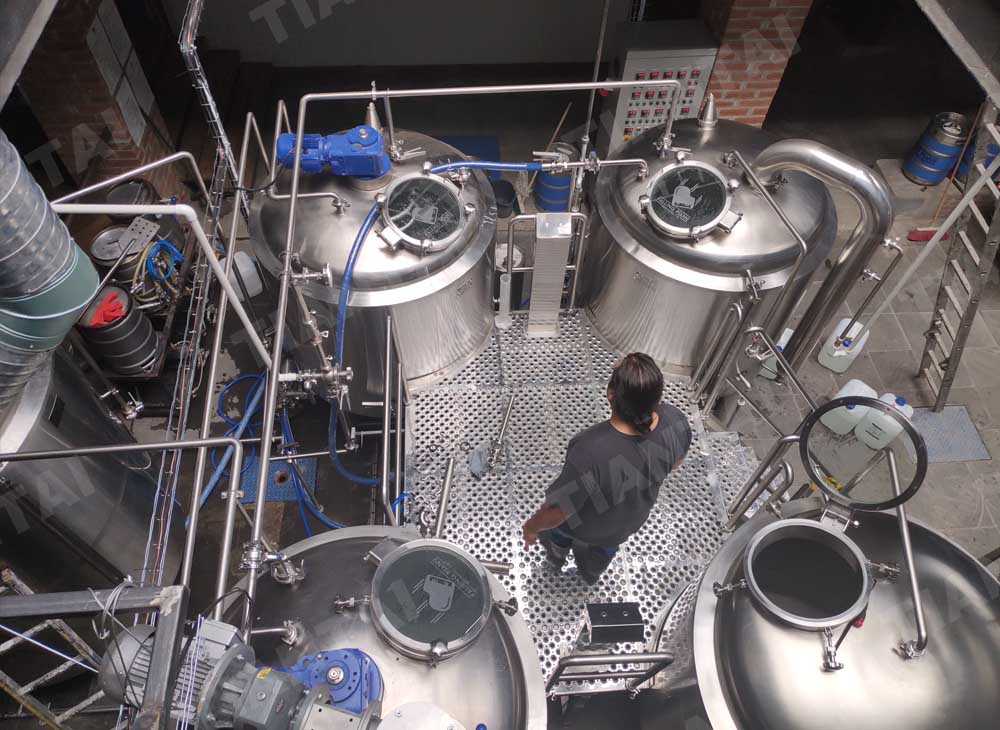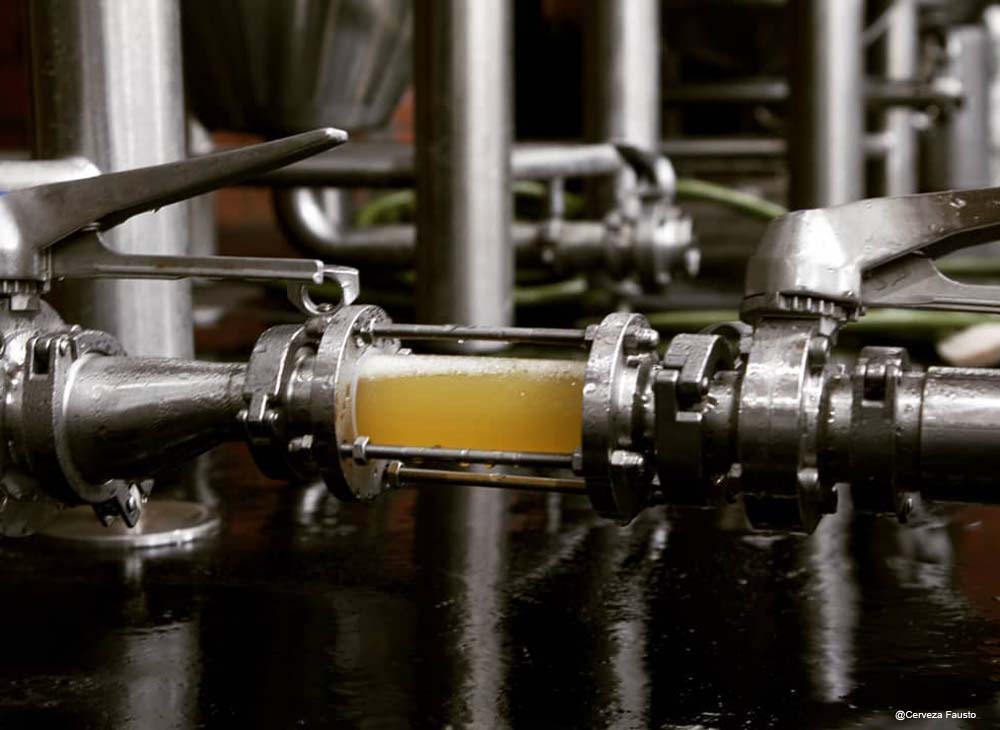How to Choose a Yeast Strain for Microbrewery?
- Jun 26, 2021
- 198
- tiantai
A lot should be considered when you plan to build your own microbrewery like brew technique, brewery equipment configuration, brewhouse, beer machines, conical fermenters, conical fermenter, fermenter conical, fermenter beer, conical fermentor, brewery equipment cost and price, find a location for brewery install, license and regulation of brewery. This article column is specially to answer some common question during brewing.
Here are 5 things to consider when you’re deciding on a yeast.
Selecting the right yeast for the job is simple, right? Just pick one with a name that echoes what you’re brewing: American ale for pale ale, Scottish ale for wee heavy, Czech lager for Pilsner, and so on. Nothing to it!
Well, yes and no. Choosing a strain by name alone isn’t a bad way to start. After all, there’s a reason for the names, and selecting a yeast according to its name is unlikely to steer you too far away from where you’d like to be. But it’s also important to look at certain performance indicators to make sure your chosen strain is up to the job.
Here’s what to look for when deciding on a yeast.
1. Attenuation
Attenuation refers to the percentage of available wort sugars that a yeast strain actually ferments. More commonly, brewers talk in terms of apparent attenuation, which is the attenuation calculated purely from hydrometer readings. Typical values are
ADVERTISEMENT
Low: 72 percent and lower
Medium: 73 to 77 percent
High: 78 percent and up
The desired degree of attenuation is partly a matter of style and partly one of personal preference. Using a low-attenuation yeast for a saison or a high-attenuation yeast for a mild ale is likely to disappoint. But I’ve discovered that I tend to prefer a drier finish in most of my beer, so I tend to err on the side of more attenuation than less.
TAKE-AWAY: Select a yeast strain that exhibits the right level of attenuation for the beer style and for your palate.
2. Flocculation
Flocculation is the readiness with which yeast cells clump together and, having reached a critical mass, drop to the bottom of the fermentor. British strains are famously flocculent: After fermentation is complete (and sometimes before!), yeast cells form a compact cake on the floor of the fermentor that comes off in chunks. Strains that demonstrate low flocculation, such as Weizen yeasts, tend to laze about and remain in suspension well past the end of the party. In extreme cases, the beer has to be refrigerated (or, in a commercial setting, centrifuged) to separate the yeast.
TAKE-AWAY: Select a yeast strain that flocculates in a manner appropriate to the beer you’re brewing.
3. Alcohol Tolerance
Alcohol tolerance describes how much alcohol a yeast strain can tolerate before it stops working. Brewers have selectively pressured yeast strains over the years to adapt to different conditions, and breweries that have favored high-alcohol beer will typically have yeast strains that have risen to the challenge. A cold-fermenting Pilsner strain works well for lagers with less than 10 percent alcohol, while Rogue’s famous Pacman ale yeast can easily carry you into barleywine territory.
ADVERTISEMENT
TAKE-AWAY: Select a yeast strain that can survive beyond your beer’s estimated alcohol level.
Go beyond smack packs and yeast starters with Craft Beer & Brewing’s online class: _Advanced Yeast Management. _Sign up today!

4. Temperature Range
Temperature range is the—wait for it—range of temperatures in which a yeast works best. Note that I said “best.” Virtually all yeasts will continue to ferment at temperatures well above the indicated limit, but you probably won’t like the results: Think overpowering esters and off flavors. Below the recommended range, you might experience a sluggish fermentation. Knowing a yeast’s optimal temperature range is important for a couple of reasons:
Your equipment (or lack thereof) may limit you to fermenting at certain temperatures.
Depending upon the flavor profile you want, a cooler or warmer fermentation may be desirable.
TAKE-AWAY: Choose a yeast that satisfies your needs for both fermentation environment and flavor profile.
And speaking of flavor profile...
5. Sensory Profile
Sensory profile is a major driver of the flavor and aroma profile of the finished beer and also the hardest to describe. Attenuation, flocculation, alcohol tolerance, and temperature range are all quantifiable, but sensory descriptors are imperfect and subjective. And a yeast strain’s sensory characteristics change depending on temperature, pitch rate, oxygen levels, and other variables. In short, the only way to really know is to brew with it. Read the descriptors to get a general idea, and then take notes on how you perceive the results.
If you are planning to build your own brewery. TIANTAI Brewery equipment could help you answer your questions and supply brewery equipment. We supply 2-150HL complete beer brewing equipment including malt milling equipment, brew houses equipment, beer conical fermenters /fermentation tank/beer fermentor, brite beer tanks, beer bottling machine,beer canning machine, beer kegging machine, hopping machine, yeast propagation equipment. We also supply all auxiliary brewery systems like steam heating pipe and valves, water treatment, filter, air compressor etc. Everything in brewery are all in our list.
If you are interested in starting a Microbrewery, please feel free to contact with TIANTAI.




.jpg)